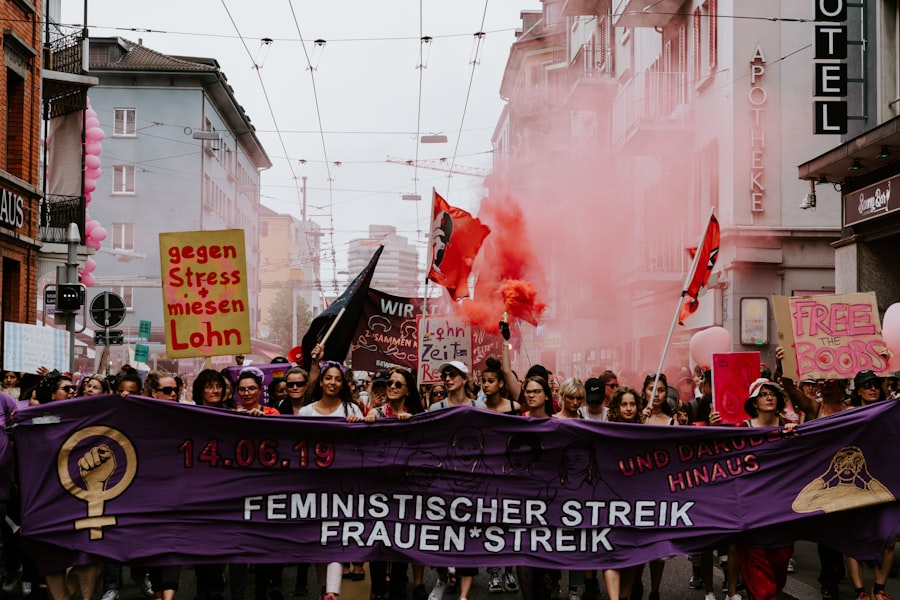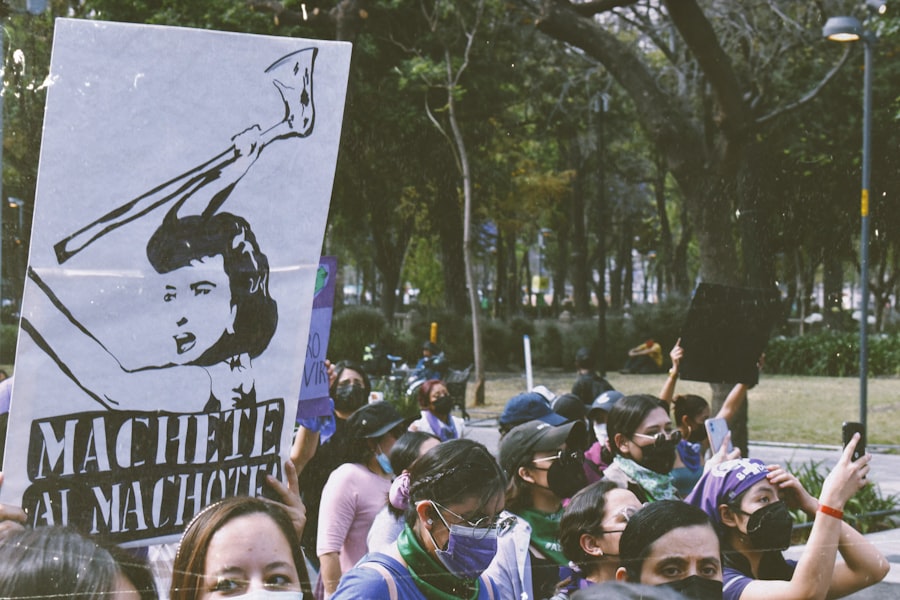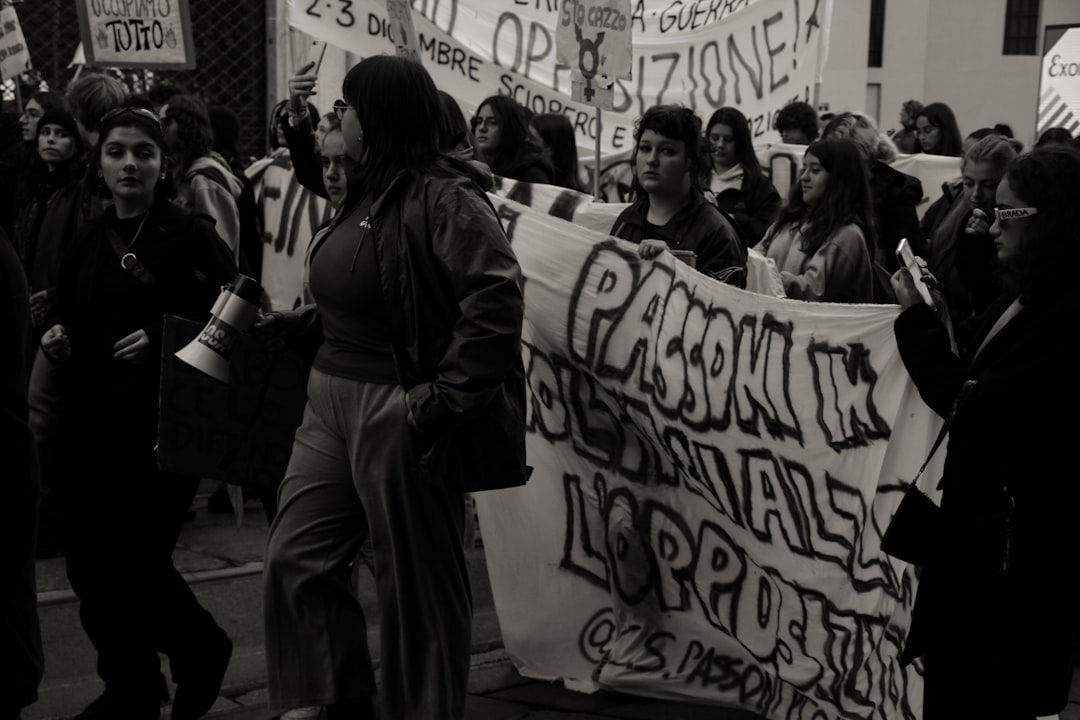The roots of women’s liberation movements can be traced back to the early 19th century, a period marked by significant social and political upheaval. The Industrial Revolution catalyzed profound changes in societal structures, leading to the emergence of a working class that included women.
This economic shift prompted early advocates to question the traditional roles assigned to women, igniting a desire for greater rights and recognition. The Seneca Falls Convention of 1848 in the United States is often cited as a pivotal moment in this movement, where activists like Elizabeth Cady Stanton and Lucretia Mott drafted the Declaration of Sentiments, which boldly proclaimed that “all men and women are created equal.” In Europe, similar sentiments were echoed as women began to organize for suffrage and legal rights. The suffragette movement gained momentum in the late 19th and early 20th centuries, with figures such as Emmeline Pankhurst in the United Kingdom leading the charge for women’s voting rights.
The suffragists employed various tactics, from peaceful protests to more militant actions, to draw attention to their cause. This period laid the groundwork for future waves of feminism, as women began to articulate their demands for equality not just in the political sphere but also in education, employment, and personal autonomy.
Key Takeaways
- Women’s liberation movements have roots in the 19th and 20th centuries, with early activism focused on suffrage and reproductive rights.
- Key figures and leaders in women’s liberation movements include Elizabeth Cady Stanton, Susan B. Anthony, Gloria Steinem, and bell hooks.
- Achievements of women’s liberation movements include the right to vote, access to education and employment, and reproductive rights.
- Women’s liberation movements have faced challenges and resistance, including backlash from conservative groups and systemic barriers to gender equality.
- Intersectionality and inclusivity are important aspects of women’s liberation movements, recognizing the unique struggles of women of color, LGBTQ+ individuals, and other marginalized groups.
- The future of women’s liberation movements involves continued advocacy for gender equality, addressing systemic oppression, and promoting inclusivity and intersectionality.
Key Figures and Leaders in Women’s Liberation Movements
Throughout history, numerous individuals have emerged as pivotal figures in the women’s liberation movements, each contributing unique perspectives and strategies. One of the most influential leaders was Simone de Beauvoir, whose seminal work “The Second Sex,” published in 1949, challenged the notion of women as the “Other” and argued for women’s liberation through existential philosophy. De Beauvoir’s ideas resonated with many feminists and provided a theoretical framework that inspired subsequent generations to question gender roles and societal expectations.
Another key figure is Betty Friedan, whose book “The Feminine Mystique,” published in 1963, is often credited with sparking the second wave of feminism in the United States. Friedan’s exploration of the dissatisfaction experienced by suburban housewives highlighted the limitations imposed on women by societal norms. Her work led to the formation of organizations such as the National Organization for Women (NOW), which sought to address issues ranging from workplace discrimination to reproductive rights.
Friedan’s advocacy for women’s rights not only galvanized public opinion but also encouraged women to seek fulfillment beyond traditional domestic roles.
Achievements and Successes of Women’s Liberation Movements

The women’s liberation movements have achieved significant milestones that have transformed societal attitudes and legal frameworks regarding gender equality. One of the most notable successes was the passage of the 19th Amendment in the United States in 1920, which granted women the right to vote. This landmark achievement was the result of decades of tireless activism and advocacy by suffragists who fought against entrenched societal norms.
The right to vote not only empowered women politically but also served as a catalyst for further demands for equality in other areas of life. In addition to suffrage, women’s liberation movements have made strides in reproductive rights, workplace equality, and education. The landmark Supreme Court case Roe Wade in 1973 established a woman’s legal right to choose an abortion, marking a significant victory for reproductive autonomy.
Furthermore, legislation such as Title IX, enacted in 1972, prohibited sex-based discrimination in federally funded education programs, leading to increased opportunities for women in sports and academics. These achievements reflect a broader cultural shift towards recognizing women’s rights as human rights, paving the way for future generations to continue advocating for equality.
Challenges and Resistance Faced by Women’s Liberation Movements
Despite significant progress, women’s liberation movements have faced considerable challenges and resistance throughout their history. One of the primary obstacles has been backlash from conservative groups who view feminist movements as a threat to traditional family structures and gender roles. This resistance often manifests in political opposition to legislation aimed at promoting gender equality or protecting reproductive rights.
For instance, the anti-abortion movement has mobilized substantial resources to challenge Roe Wade, leading to ongoing legal battles that threaten women’s reproductive freedoms. Additionally, internal divisions within feminist movements have posed challenges to achieving a unified agenda. Different waves of feminism have often prioritized distinct issues—such as reproductive rights, workplace equality, or intersectionality—leading to tensions among various factions.
For example, while some feminists focus on issues affecting middle-class white women, others emphasize the unique struggles faced by women of color or those from marginalized communities. This fragmentation can dilute collective efforts and create barriers to solidarity among diverse groups advocating for women’s rights.
Intersectionality and Inclusivity in Women’s Liberation Movements
The concept of intersectionality has become increasingly important within contemporary women’s liberation movements, recognizing that women’s experiences are shaped by multiple intersecting identities, including race, class, sexuality, and ability. Coined by legal scholar Kimberlé Crenshaw in 1989, intersectionality highlights how different forms of discrimination can compound and create unique challenges for individuals who belong to multiple marginalized groups. This framework has prompted activists to broaden their focus beyond a singular narrative of womanhood, advocating for inclusivity that addresses the diverse needs of all women.
For instance, organizations like Black Women’s Blueprint and the National Latina Institute for Reproductive Justice emphasize the importance of centering the voices and experiences of women of color within feminist discourse. By acknowledging that issues such as economic inequality, healthcare access, and immigration status disproportionately affect these communities, intersectional feminism seeks to create a more comprehensive approach to advocacy that addresses systemic injustices. This shift towards inclusivity not only enriches feminist movements but also fosters solidarity among various social justice movements, recognizing that the fight for gender equality is interconnected with broader struggles against racism, classism, and other forms of oppression.
The Future of Women’s Liberation Movements

As we look toward the future of women’s liberation movements, it is clear that new challenges and opportunities will continue to shape their trajectory. The rise of digital activism has transformed how movements organize and mobilize support. Social media platforms have become powerful tools for raising awareness about issues such as sexual harassment, domestic violence, and workplace discrimination.
Campaigns like #MeToo have demonstrated the potential for grassroots movements to gain global traction quickly, allowing individuals to share their experiences and demand accountability from perpetrators. However, this digital landscape also presents challenges related to misinformation and online harassment. Activists must navigate a complex environment where their messages can be distorted or weaponized against them.
Additionally, as movements evolve, there is a pressing need for ongoing dialogue about inclusivity and representation within feminist spaces. Ensuring that diverse voices are heard and valued will be crucial in addressing the multifaceted nature of gender inequality. In conclusion, while significant progress has been made through women’s liberation movements over the past century, there remains much work to be done.
The future will require continued advocacy for policy changes that promote gender equality while also addressing intersecting issues that affect marginalized communities. As new generations of activists emerge, they will undoubtedly bring fresh perspectives and strategies that will shape the ongoing struggle for women’s rights around the world.
In exploring the transformative impact of Women’s Liberation Movements, it is essential to consider the broader context of philosophical and logical frameworks that have shaped societal understanding.






















+ There are no comments
Add yours